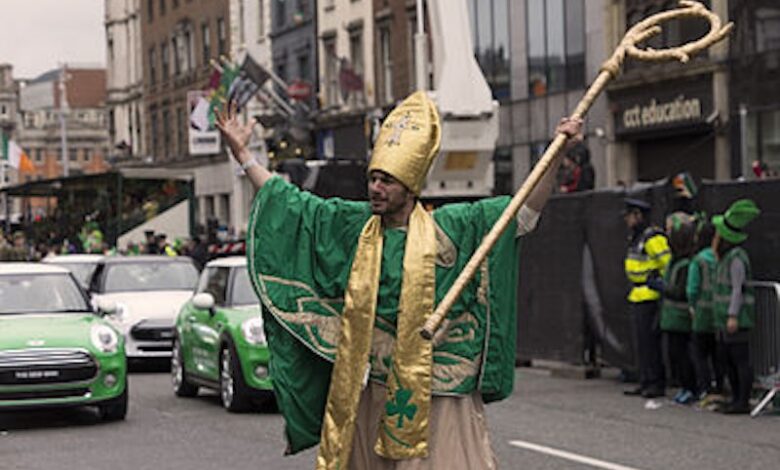St. Patrick’s Christian Mission: How a Slave Became Ireland’s Greatest Missionary

The remarkable journey of St. Patrick as Ireland’s primary missionary began not with triumph, but with tragedy. As a captured slave who would become Christianity’s most influential evangelist in Ireland, his story exemplifies the transformative power of faith.
He was born in Great Britain to a wealthy family around AD 390, according to a story by Evangelical Alliance. It is likely that his father was a church deacon. Around the age of 16, he was taken prisoner by pirates and brought to Ireland. He would spend the next six years of his life as a slave looking after sheep. It was during these particularly difficult and isolating years that Patrick remembered the Christian faith he had been exposed to as a boy and his faith grew. Despite living in slavery, Patrick discovered a freedom and joy that only God can give.
After this period spent as a shepherd, Patrick managed to escape his slave masters and eventually would reunite with his family in Britain. While back in Britain, Patrick felt the strong sense of a call from God to return to Ireland as a missionary. Patrick’s education had been greatly disrupted by his time as a slave, but he did not let this stop him from proclaiming the gospel. He would return to Ireland to begin his ministry around 432.
READ: Did Saint Patrick really expel the snakes from Ireland?
Back in Ireland, Patrick began preaching and sharing the good news of the gospel with the locals. Ministry in Ireland at this time was particularly challenging. Ireland was a pagan land and idolatry was widespread. Many in Patrick’s time believed Ireland to be the end of the world and viewed the Irish as an uncivilized and barbaric people. Yet Patrick persevered through great personal hardships, threats and rejections to bring the gospel to this largely unreached people. He was a pioneering and innovative missionary. His starting point was to evangelize the chiefs of the various tribes and clans.
Patrick’s enduring legacy in Ireland would last around three decades and saw the foundation of many thriving churches across the island. According to tradition, he died on March 17 around 460. Patrick’s legacy was significant. In the centuries that followed, Ireland would become a beacon of Christian faith, sending missionaries across Europe.
“In Patrick’s life we see parallels with the biblical accounts of the lives of Daniel and Joseph,” the story said. “Like Patrick, both these biblical characters were taken to a different land against their will but were greatly used by God in an unfamiliar and often hostile context.”
–Alan Goforth | Metro Voice
Image:
Miguel Mendez from Malahide, Ireland






